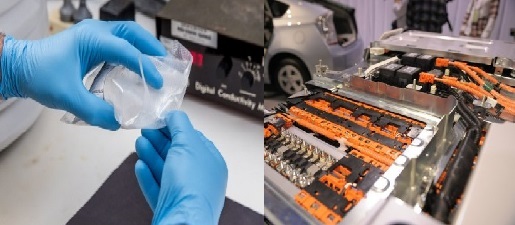

India is on a fast track of growth. Pegged to be the fastest growing economy in the world in 2017-18 (forecasted growth rate 7.2%) as projected by the International Monetary Fund (IMF), the country stands to offer many emerging sectors the right opportunity to grow. One such sector is electric vehicles. India is planning to promote low-cost electric vehicles with the use of lithium-ion batteries. A slew of new projects have been lined up that would manufacture these batteries. These projects are expected to boost the domestic consumption of high purity alumina in the coming years.

Suzuki Motor Corp., parent of India’s largest car maker Maruti Suzuki India Ltd, said last week that it will form a joint venture with two Japanese firms, Denso Corp. and Toshiba Corp., to produce lithium-ion batteries for electric vehicles in India. The company to be formed with an initial capital expenditure of 20 billion Japanese yen (around $184 million) will be established this year and will start production soon thereafter.
“The battery pack manufacturing joint venture by the three companies will realize stable supply of lithium-ion battery packs in India in the course of promoting sustainable cars in the country and will contribute to the Make in India initiative by the Indian government,” Suzuki Motor management said in a statement.
{googleAdsense}
The Indian Space Research Organisation (ISRO) is also finalising a memorandum of understanding (MoU) with BHEL to help develop low-cost lithium ion batteries for electric vehicles. According to the MoU, BHEL will set up a production plant, while ISRO will provide support for scale-up, joint effort in cost optimisation, research and development for alternate chemistry and buyback commitment, reported sources.
These projects will add momentum to ‘Make in India drive’ providing traction to the high purity alumina market in the country.
According to Altech Chemicals, one of the world’s most promising manufacturers of high purity alumina, HPA increases the discharge rate of Li-ion battery and lowers its self-discharge while extending the battery’s useful life significantly. It is also used to increase the separator shrinkage temperature and reduce flammability during thermal runaways.



Responses






